Many people think of global warming and climate change as synonyms, but scientists prefer to use “climate change” when describing the complex shifts now affecting our planet’s weather and climate systems. Climate change encompasses not only rising average temperatures but also extreme weather events, shifting wildlife populations and habitats, rising seas, and a range of other impacts. All of these changes are emerging as humans continue to add heat-trapping greenhouse gases to the atmosphere.
The heat-trapping nature of carbon dioxide and other gases was demonstrated in the mid-19th century. Their ability to affect the transfer of infrared energy through the atmosphere is the scientific basis of many instruments flown by NASA. There is no question that increased levels of greenhouse gases must cause Earth to warm in response.
Ice cores drawn from Greenland, Antarctica, and tropical mountain glaciers show that Earth’s climate responds to changes in greenhouse gas levels. Ancient evidence can also be found in tree rings, ocean sediments, coral reefs, and layers of sedimentary rocks. This ancient, or paleoclimate, evidence reveals that current warming is occurring roughly ten times faster than the average rate of ice-age-recovery warming. Carbon dioxide from human activity is increasing more than 250 times faster than it did from natural sources after the last Ice Age.
The planet’s average surface temperature has risen about 2.05 degrees Fahrenheit (1.14 degrees Celsius) since the late 19th century, a change driven largely by increased carbon dioxide and other human-made emissions into the atmosphere. Most of the warming occurred in the past 40 years, with the six warmest years on record taking place since 2014. Not only was 2016 the warmest year on record, but eight months out of that year — from January through September, with the exception of June — were the warmest on record for those respective months.
All of this is a clear cut indication that immediate measurs needs to be taken to prevent Earth from damaging more.
The 2030 Agenda for Sustainable Development, adopted by all United Nations Member States in 2015, provides a shared blueprint for Peace and Prosperity for People and the Planet, now and into the future. At its heart are the 17 Sustainable Development Goals (SDGs), which are an urgent call for action by all countries – developed and developing – in a global partnership.
It focuses on development that meets the need of present without compromising the ability of the future generation to meet their own needs. It means that we cannot continue to use the natural resources at the current rate as this will leave the future generation without any. Building a community in the previously undeveloped area by not disturbing the ecosystem or using renewable resources is the perfect example of sustainable development.
It has become the need of an hour to cultivate compassion and galvanize people to build a sustainable future. Let us not steal our future generation of their safe and healthy environment.
Aashlesha Raut
Content Writing intern, Budding Dentist

Leave a Reply